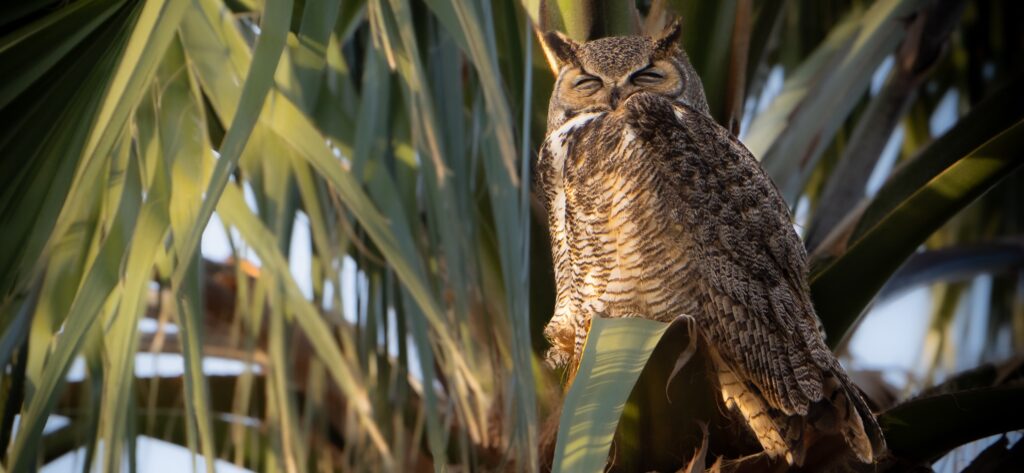What killed Flaco, the NYC Eurasian Eagle Owl, and how can we prevent Las Vegas raptors from suffering the same fate?
If you are a lover of birds, especially owls, you probably have heard about Flaco, the Eurasian Eagle Owl that lived in NYC. Flaco was born in captivity and spent 13 years housed in the Central Park Zoo. In February of 2023, vandals damaged his enclosure and he flew free into the night. Attempts were made to recapture him, but they were unsuccessful. Having never hunted or seen other owls hunting, many wondered if Flaco would be able to catch food on his own. However, the ability to hunt was deeply ingrained in his DNA and he was observed catching small mammals and birds around Central Park. For the next year, Flaco was a bird celebrity often seen flying around Manhattan.
Several of my bird photographer friends were able to capture fantastic images of the majestic owl. One of the photographers told me Flaco’s days were probably numbered and would likely suffer the same fate as Barry, the beloved resident Barred Owl that had passed away after getting hit by a truck in 2021.
But my friend did not mean Flaco would get hit by a car. An autopsy on Barry revealed the owl had potentially lethal levels of rat poison in its body, which probably affected its flying ability. Barry was not eating rat poison directly, but capturing rats and mice that had ingested the poison.
On February 24, 2024, Flaco died after flying into a building. This week the final results of the necropsy were released. Flaco had not just one kind of rat poison in his system but FOUR, at levels high enough to have killed him without his even hitting a window.
Alarmingly, the necropsy also revealed that Flaco had low levels of DDE in his tissues. DDE is a metabolite of the pesticide DDT, which was banned in the 1970s but is one of those “forever chemicals” that remain in the environment long after it stops being produced.
Here in Las Vegas, a pair of Great Horned Owls nested much later and had fewer chicks in the nest than other nesting pairs seen in the valley. While there could be many reasons for this, it is an indication of something sub-optimal.
Today, when I walked near that Great Horned Owl nest, I noticed a partially eaten Norway Rat on the ground.
Rodent poison not only kills wildlife. In 2008, 3,700 children in the US were medically treated for rodent poison exposure and thousands of pets die each year.
There are many ways to get rid of rats and other rodents without using poisons. Here are a few options.

